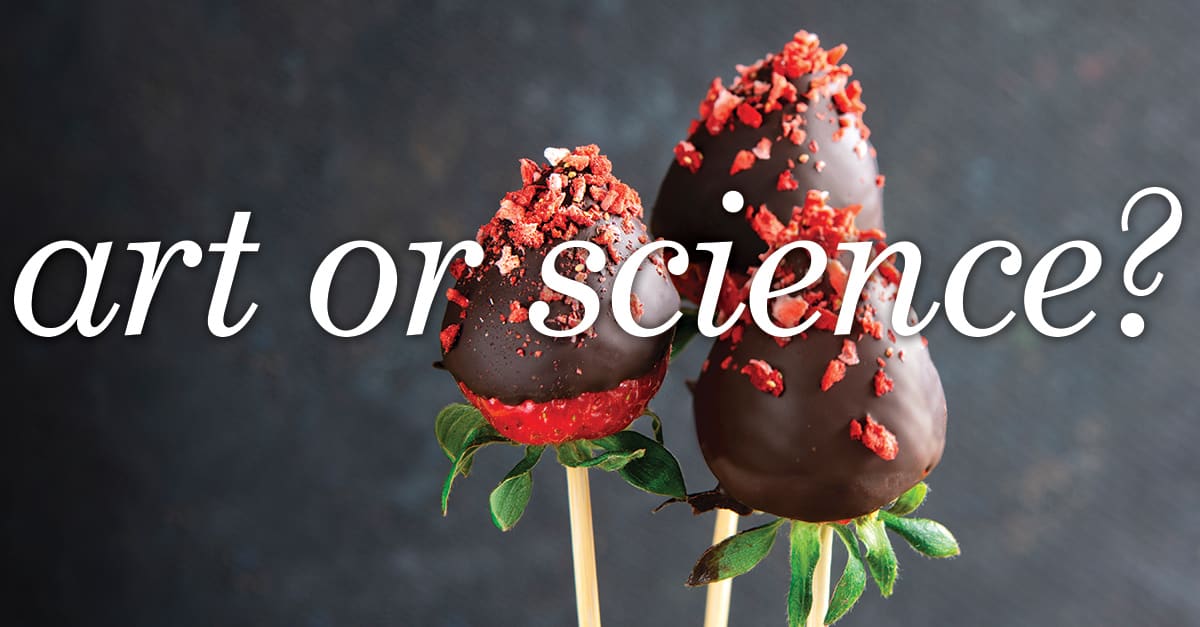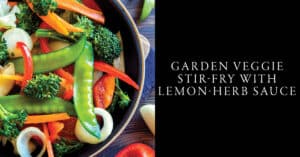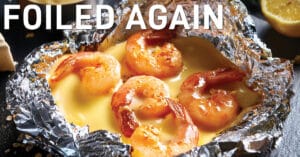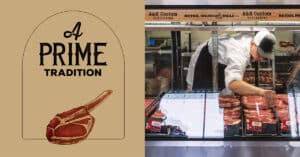Art or Science?
Find Out More About Molecular Gastronomy…
“Cooking is an art, but all art requires knowing something about the techniques and materials
Using modernist techniques, you get more control, and that allows you to be more artistic, not less.”
-Nathan Mhyrvold
Is cooking an art or a science? It’s a debate that’s been simmering on the back burner since 1988 when a Hungarian physicist and a French physical chemist brought the laboratory into the kitchen and made Julia Child’s culinary exploits look like, well, child’s play.
Nicholas Kurti and Hervé This – the two scientists – coined the term “molecular gastronomy” more than three decades ago. Since then, a new branch of culinary science has emerged that focuses on the physical and chemical processes that alter edible ingredients.
Molecular gastronomists study how ingredients and cooking methods create different effects. Even the simplest recipes have basic physical, biological and chemical mechanisms that make the dish turn out as intended. For example, soufflés inflate because of the proteins in egg whites. Tiny air bubbles are created when egg whites are whipped. The bubbles expand when heated, which prevents the soufflé from flattening like a pancake.
That’s just a simple example. These days, hybrid scientists/chefs are exploring new culinary frontiers. And some serious brainpower and money is being spent to get us to there.
Billionaire scientist Nathan Mhyrvold – the founder of Microsoft Research, owner or co- owner of nearly 1,000 patents and graduate of France’s famous culinary academy École de Cuisine La Varenne – co-authored a five-book collection titled “Modernist Cuisine: The Art and Science of Cooking.” The price tag? $625! There are more than 1,500 recipes and 3,700 photographs in the 2,438-page, 52-pound collection.
“Cooking is an art,” Mhyrvold says, “but all art requires knowing something about the techniques and materials. Using modernist techniques, you get more control, and that allows you to be more artistic, not less.”
That’s one way of describing it. I prefer to think of it as what would happen if Willy Wonka and Betty Crocker joined forces.
Whether you call it “modernist cuisine” or “molecular cuisine” or “avant-garde cuisine” or “nerd cuisine,” all I know is that it is an open invitation to play with your food. And children all over the world now have a new excuse for pushing their dinner from one side of the plate to the other. “Mom! I’m not playing with my food. I’m experimenting with molecular gastronomy.”
You don’t have to turn your kitchen into a laboratory in order to delve into molecular gastronomy. All you need is a curious mind and a sense of adventure.
This recipe combines the essence of molecular gastronomy and the soul of Willy Wonka. And it’s a perfect summertime experiment that you can do with young children.





